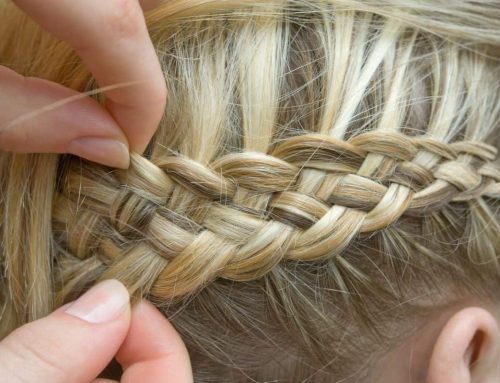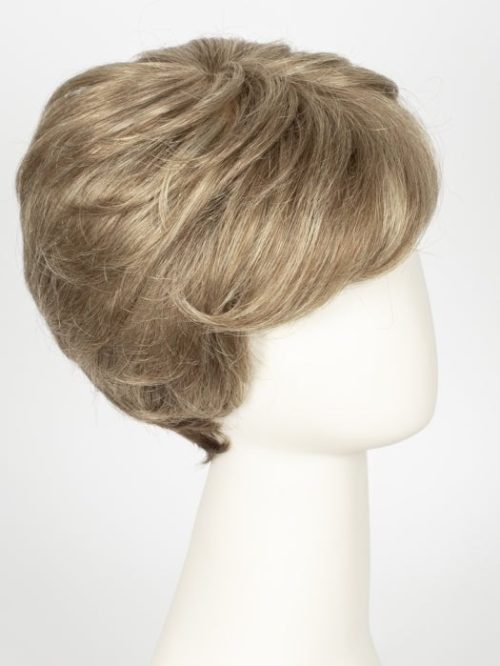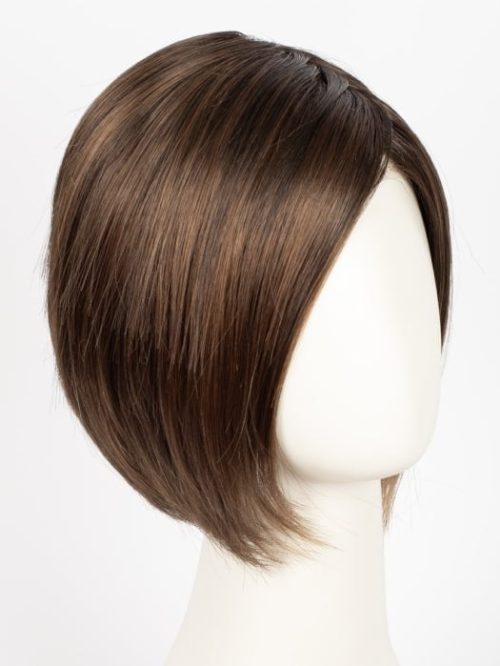Why Do Judges Wear Wigs? A Historical and Cultural Exploration
The tradition of judges wearing wigs is a fascinating aspect of legal attire that dates back several centuries. This distinctive practice, most commonly associated with courts in England, serves as a symbol of anonymity, authority, and continuity of legal tradition. In this article, we will delve into the reasons behind this tradition, its historical origins, and how it has evolved over time.

Historical Origins
The Birth of a Tradition
The practice of wearing wigs, or perukes, began in the 17th century, primarily as a fashion statement among the aristocracy and the upper echelons of society. It was introduced into the courtroom by judges and lawyers in England around the mid-1600s. The trend was partly adopted for practical reasons—such as covering baldness and preventing the spread of head lice—while also serving to project an image of wisdom and respectability.
Adoption in the Legal System
By the late 17th century, wigs had become a staple of legal dress. The ‘full-bottomed’ wig, characterized by its long, curled locks, became synonymous with judicial attire. This change coincided with a period of significant development in the English legal system, including the establishment of enduring legal principles and practices.

Symbolic Significance
Anonymity and Impartiality
One of the primary reasons judges continue to wear wigs is to maintain a sense of anonymity. Wigs help to depersonalize judges in the courtroom, focusing attention on their role and the legal process rather than on their individual personalities. This tradition underscores the ideals of justice being blind and the impartiality of the judicial system.
Authority and Tradition
Wigs also symbolize the authority of the law and the tradition it represents. They evoke the historical continuity of the legal system, connecting contemporary practices to their historical roots. For many, this link to the past reinforces the dignity and gravity of the courtroom.
Contemporary Practice
Regions and Variations
While the practice of wearing judicial wigs is most closely associated with the United Kingdom, it is also observed in several other countries that follow the British legal system, such as Australia, Canada in ceremonial occasions, and some African nations. However, the style and extent of wig-wearing can vary significantly from one place to another.
Modern Debates and Changes
In recent years, the tradition of wearing wigs has been subject to debate. Critics argue that wigs are an outdated symbol and that modernizing courtroom attire could make the legal process more accessible and less intimidating to the public. As a result, some jurisdictions have relaxed or eliminated the requirement for wigs in certain types of cases or court settings.

The Future of an Age-Old Tradition
The tradition of judges wearing wigs is a striking example of how historical practices can persist in modern institutions. Whether this tradition will continue to fade or remain a staple of the legal identity remains to be seen. However, it is clear that for now, judicial wigs continue to serve as a powerful symbol of the legal profession’s heritage and the solemnity of the judicial process.
By exploring the reasons behind this enduring tradition, we gain insight into the values and priorities of the legal systems that maintain it. As we move forward, the balance between tradition and modernity will likely continue to shape the appearance and conduct of judiciary systems around the world.




